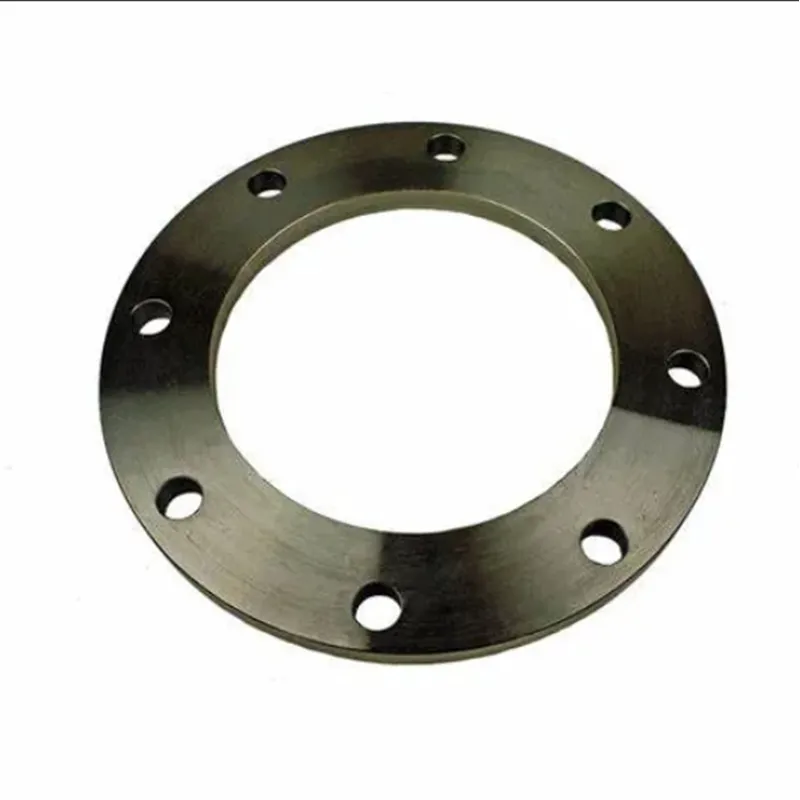-
Cangzhou Yulong Steel Co., Ltd.
-
Phone:
+86 13303177267 -
Email:
admin@ylsteelfittings.com
- English
- Arabic
- Italian
- Spanish
- Portuguese
- German
- kazakh
- Persian
- Greek
- French
- Russian
- Polish
- Thai
- Indonesian
- Vietnamese
- Zulu
- Korean
- Uzbek
- Hindi
- Serbian
- Malay
- Ukrainian
- Gujarati
- Haitian Creole
- hausa
- hawaiian
- Hebrew
- Miao
- Hungarian
- Icelandic
- igbo
- irish
- Japanese
- Javanese
- Kannada
- Khmer
- Rwandese
- Afrikaans
- Albanian
- Amharic
- Armenian
- Azerbaijani
- Basque
- Belarusian
- Bengali
- Bosnian
- Bulgarian
- Catalan
- Cebuano
- China
- China (Taiwan)
- Corsican
- Croatian
- Czech
- Danish
- Esperanto
- Estonian
- Finnish
- Frisian
- Galician
- Georgian
- Kurdish
- Kyrgyz
- Lao
- Latin
- Latvian
- Lithuanian
- Luxembourgish
- Macedonian
- Malgashi
- Malayalam
- Maltese
- Maori
- Marathi
- Mongolian
- Myanmar
- Nepali
- Norwegian
- Norwegian
- Occitan
- Pashto
- Dutch
- Punjabi
- Romanian
- Samoan
- Scottish Gaelic
- Sesotho
- Shona
- Sindhi
- Sinhala
- Slovak
- Slovenian
- Somali
- Sundanese
- Swahili
- Swedish
- Tagalog
- Tajik
- Tamil
- Tatar
- Telugu
- Turkish
- Turkmen
- Urdu
- Uighur
- Welsh
- Bantu
- Yiddish
- Yoruba

Oct . 14, 2024 16:53 Back to list
flange types
Flanges play a critical role in various industries by providing a mechanism for connecting pipes, valves, pumps, and other equipment in a piping system. They ensure tight seals and allow for easy maintenance and inspection. Understanding different flange types is essential for engineers and technicians working in plumbing, manufacturing, and construction.
There are several common types of flanges, and each is designed for specific applications
. The most widely used flange types include the following1. Weld Neck Flange This type features a long neck that provides excellent strength and can handle high pressures. Its design allows for gradual transitions between the flange and the piping system, making it a preferred choice for high-stress applications, such as oil and gas pipelines.
2. Slip-On Flange As the name suggests, a slip-on flange simply slips over the pipe. It is easier to align and install, making it suitable for lighter applications. However, it is not ideal for high-pressure situations due to its reduced ability to handle stress.
3. Blind Flange A blind flange is a solid piece with no opening, designed to seal off a section of the piping system. It is often used in instances where future expansion or inspection is anticipated. Blind flanges provide a robust sealing solution that can withstand considerable pressure.
flange types

4. Socket Weld Flange This flange type requires the pipe to be inserted into a socket, ensuring a permanent and strong connection. Socket weld flanges are typically found in applications involving high pressure and temperature, as well as in small diameter pipes.
5. Threaded Flange This flange comes with internal threads that allow it to be screwed onto the pipe. It is useful in conditions where welding is not feasible. However, its application is generally limited to lower-pressure systems due to potential leakage issues.
6. Lap Joint Flange This type of flange is used with a stub end that allows for easy alignment and fitting. It is particularly useful for applications that require frequent disassembly, making maintenance a straightforward process.
When selecting a flange type, considerations such as pressure rating, temperature tolerance, and the physical properties of the fluid being transported are pivotal. Each flange type has its advantages and disadvantages, and the choice must align with the specific requirements of the piping system to ensure safety, performance, and longevity.
In conclusion, understanding flange types and their applications can greatly enhance the effectiveness of any piping system. Engineers and technicians must be well-versed in these concepts to make informed decisions that contribute to the overall safety and efficiency of industrial installations.
Latest news
-
ANSI 150P SS304 SO FLANGE
NewsFeb.14,2025
-
ASTM A333GR6 STEEL PIPE
NewsJan.20,2025
-
ANSI B16.5 WELDING NECK FLANGE
NewsJan.15,2026
-
ANSI B16.5 SLIP-ON FLANGE
NewsApr.19,2024
-
SABS 1123 FLANGE
NewsJan.15,2025
-
DIN86044 PLATE FLANGE
NewsApr.19,2024
-
DIN2527 BLIND FLANGE
NewsApr.12,2024
-
JIS B2311 Butt-Welding Fittings LR/SR 45°/90° /180°Seamless/Weld
NewsApr.23,2024











